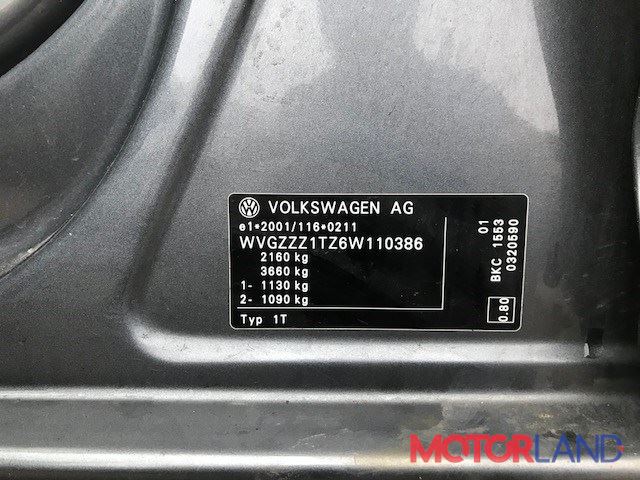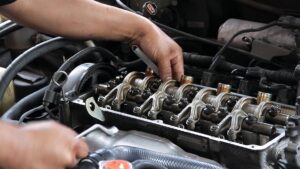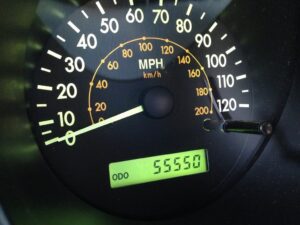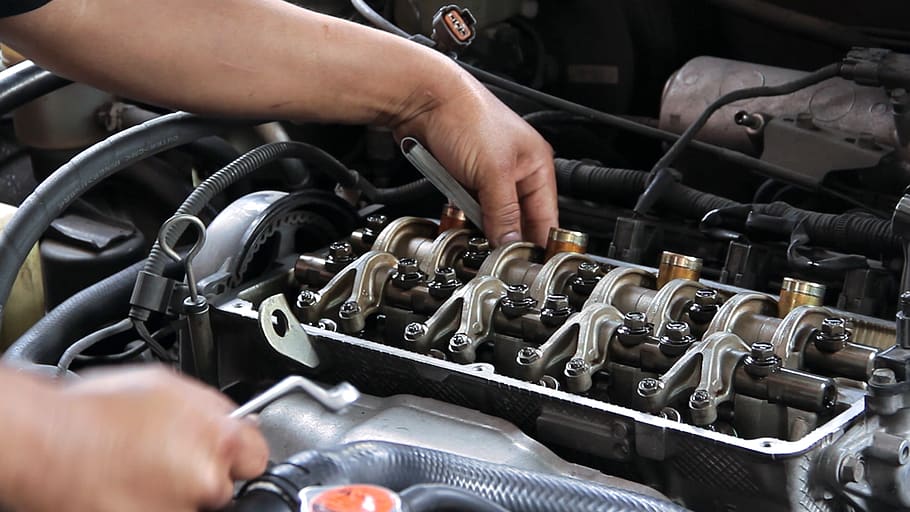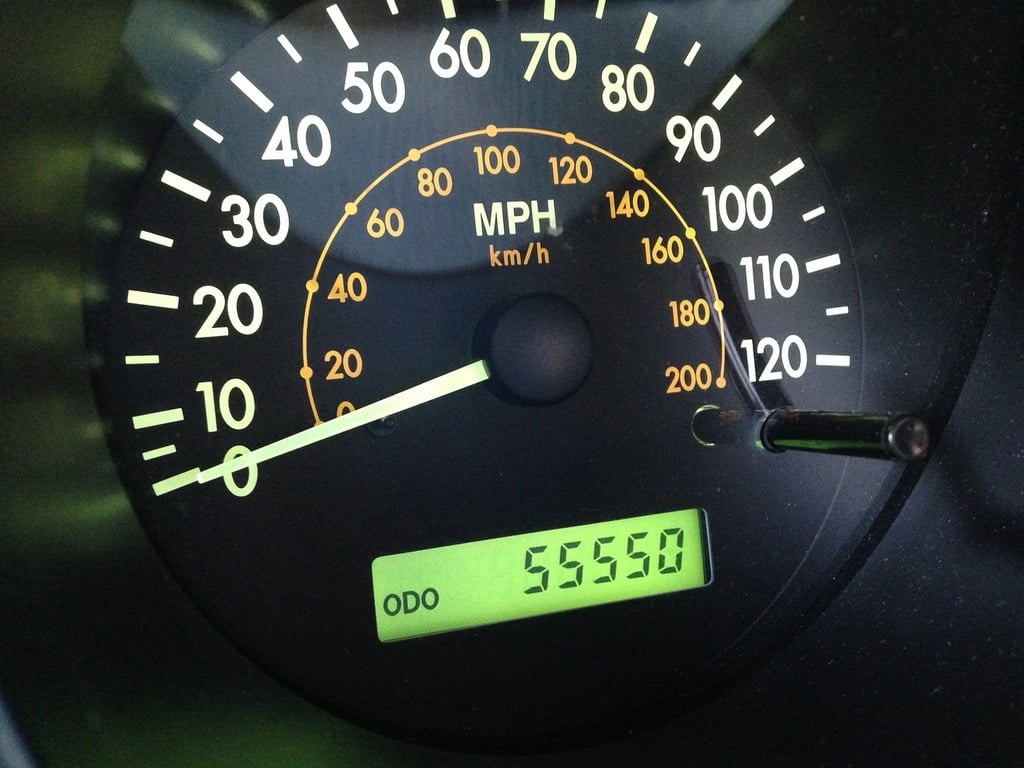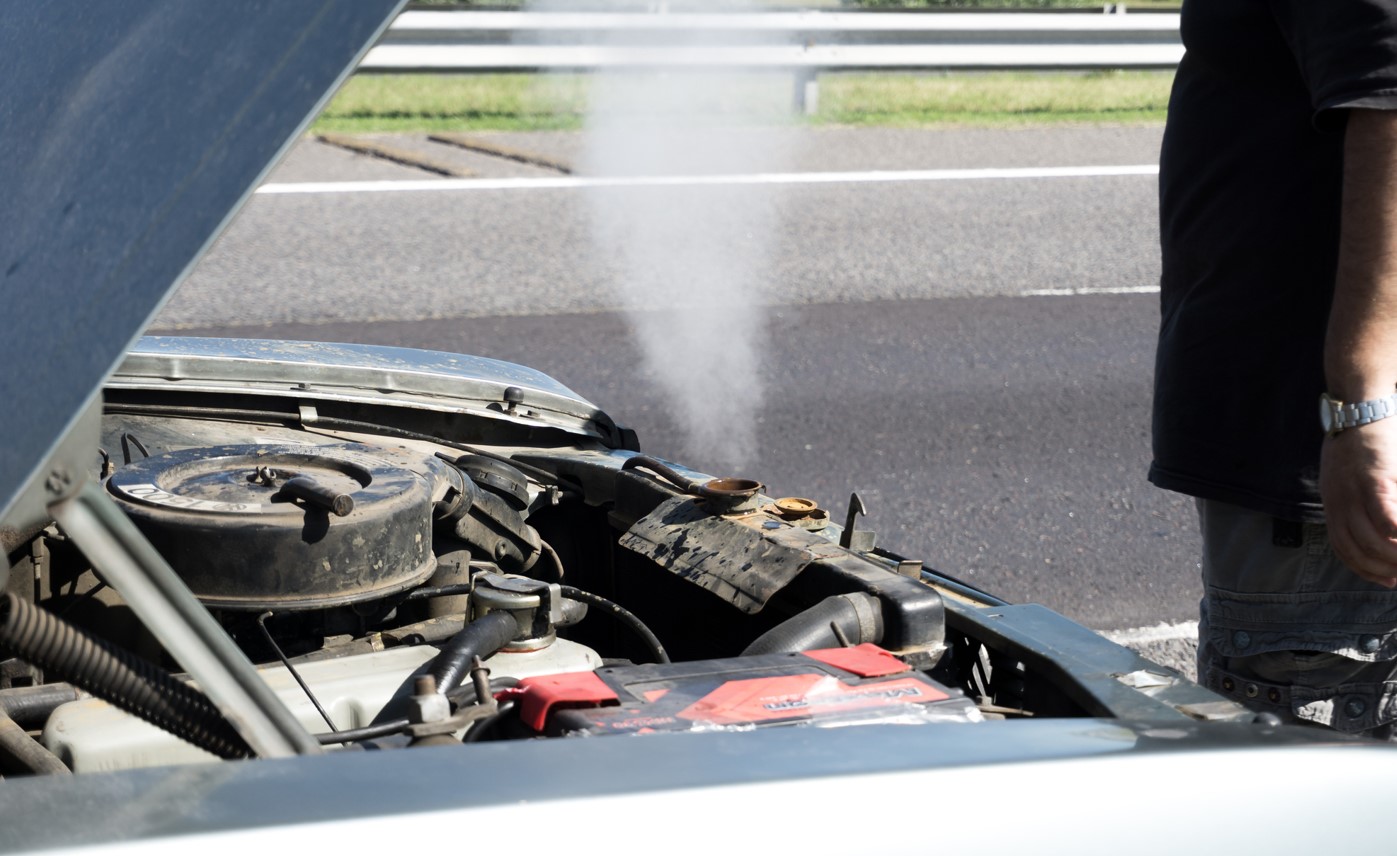So, you’re eyeing that ’67 Mustang Shelby GT500, and the seller is practically shouting about “matching numbers!” Your heart skips a beat, visions of concours trophies dance in your head, and then… a nagging doubt creeps in. Is it legit? This, my friends, is where the rubber meets the road. The world of classic car collecting is rife with opportunities for deception, and ‘matching numbers’ claims are a prime target. This article is your decoder ring, your BS detector, your guide to navigating the murky waters of automotive authenticity. We’ll arm you with the knowledge to separate the genuine articles from the cleverly disguised fakes, ensuring your investment is sound and your passion remains unadulterated.
Key Takeaways:
- Understand the Terminology: Know what ‘matching numbers’ actually means for your specific make and model.
- Document, Document, Document: Paperwork is your best friend. Original build sheets, dealer invoices, and factory records are gold.
- Inspect, Don’t Trust: Don’t take the seller’s word for it. Get your hands dirty and verify the numbers yourself.
- Know the Red Flags: Be aware of common signs of tampering or restamping.
- Seek Expert Advice: When in doubt, consult a marque specialist or experienced appraiser.
Understanding the Basics of How to Spot a Fake ‘Matching Numbers’ Claim
Let’s break it down. ‘Matching numbers’ generally refers to the original engine, transmission, and rear axle that were installed in the car at the factory. The Vehicle Identification Number (VIN) is the car’s unique fingerprint, and key components often have partial VINs or date codes stamped on them that should correlate with the VIN and the car’s build date. Think of it like this: the VIN is the address, and the component numbers are the residents who should be living at that address at the time the house was built. A mismatch is like finding someone with a different last name living there – suspicious, right?
However, the definition of ‘matching numbers’ varies wildly between manufacturers and even models. For some, it’s a strict, all-original-components-or-bust scenario. For others, it might only apply to the engine block. Research is key! For example, a ’69 Camaro might have the engine block stamped with a partial VIN, while a ’65 Mustang might only have date codes to verify its authenticity.
Importance and Implications
Why does all this matter? Simple: value. A car with documented, verifiable matching numbers commands a significantly higher price than a similar car without. We’re talking potentially tens or even hundreds of thousands of dollars, depending on the rarity and desirability of the model. Beyond the financial aspect, matching numbers represent the car’s historical integrity. It’s a tangible link to the past, a testament to the car’s originality and provenance. A fake ‘matching numbers’ claim not only devalues the car but also erodes its historical significance.
Imagine buying what you believe is a pristine, numbers-matching Hemi ‘Cuda, only to discover later that the engine is a restamped replacement. The disappointment would be crushing, and the financial loss substantial. Protecting yourself from this scenario is paramount.
Practical Applications or Strategies
Alright, let’s get practical. Here’s your checklist for verifying a ‘matching numbers’ claim:
- Obtain Documentation: Request copies of the original build sheet, dealer invoice, and any other relevant paperwork. These documents provide crucial information about the car’s original specifications.
- Locate and Decipher the Numbers: Find the VIN and component numbers (engine, transmission, rear axle). Consult a reliable source (like a factory service manual or a marque-specific registry) to understand the correct format and location of these numbers.
- Compare and Contrast: Carefully compare the component numbers to the VIN and the car’s build date. Look for inconsistencies, such as incorrect fonts, misaligned characters, or dates that don’t align with the car’s production timeline.
- Inspect for Tampering: Examine the areas around the numbers for signs of grinding, welding, or restamping. These are telltale signs of fraud.
- Use a Borescope: A borescope can be invaluable for inspecting hard-to-reach areas of the engine block for signs of tampering.
- Get a Second Opinion: If you’re unsure, consult a marque specialist or experienced appraiser. Their expertise can be invaluable in identifying potential issues.
Common Pitfalls to Avoid:
- Blind Trust: Don’t take the seller’s word for it, no matter how convincing they may seem.
- Ignoring Documentation: Paperwork is crucial. Don’t skip this step.
- Rushing the Inspection: Take your time and be thorough. A hasty inspection can lead to costly mistakes.
- Neglecting Expert Advice: When in doubt, seek professional help.
Expert Insights or Case Studies
I once consulted on a case involving a purported ’69 ZL1 Camaro. The seller claimed it was a genuine, numbers-matching example, and the price reflected that. However, a close inspection revealed that the engine block had been restamped with a fake VIN. The font was slightly off, and there were subtle grinding marks around the numbers. The car was ultimately revealed to be a clone, worth a fraction of the asking price. This case highlights the importance of meticulous inspection and expert knowledge.
Another expert, Rick Nelson, a renowned Mustang restorer, emphasizes the importance of understanding factory assembly processes. “Knowing how the cars were built on the assembly line can help you spot inconsistencies,” he says. “For example, certain components were always installed in a specific order. If you see evidence that this order has been altered, it’s a red flag.”
Decoding Date Codes
Date codes are your secret weapon. Every component, from the engine block to the carburetor, has a date code stamped or cast into it. These codes indicate when the component was manufactured. The date codes should logically precede the car’s build date. For example, if your car was built in June of 1969, the engine block date code should be from earlier in 1969, or possibly late 1968. A date code from 1970 is a dead giveaway that the engine is not original.
Learning to decipher these date codes is crucial. Factory service manuals and marque-specific resources often provide detailed information on how to interpret them.
Conclusion:
Spotting a fake ‘matching numbers’ claim requires a combination of knowledge, diligence, and a healthy dose of skepticism. By understanding the terminology, scrutinizing the documentation, and inspecting the components, you can protect yourself from fraud and ensure that your investment is sound. Remember, authenticity is paramount in the world of classic car collecting. Arm yourself with the knowledge to separate the genuine articles from the fakes, and you’ll be well on your way to building a collection you can be proud of.
Frequently Asked Questions:
What is How to Spot a Fake ‘Matching Numbers’ Claim?
It’s the process of verifying the authenticity of a classic car’s original components (engine, transmission, rear axle) by comparing their identifying numbers to the car’s VIN and build date.
Why is How to Spot a Fake ‘Matching Numbers’ Claim important for Car collectors?
Because a car with verifiable matching numbers is significantly more valuable and historically significant than a similar car without.
How can I apply the concepts of How to Spot a Fake ‘Matching Numbers’ Claim in my context?
Start by researching the specific make and model of the car you’re interested in. Learn the correct location and format of the VIN and component numbers. Obtain documentation and inspect the car thoroughly, looking for inconsistencies or signs of tampering. When in doubt, consult a marque specialist.
Where can I learn more about How to Spot a Fake ‘Matching Numbers’ Claim?
Consult factory service manuals, marque-specific registries, and online forums dedicated to classic car collecting. Consider attending workshops or seminars on automotive authentication.


